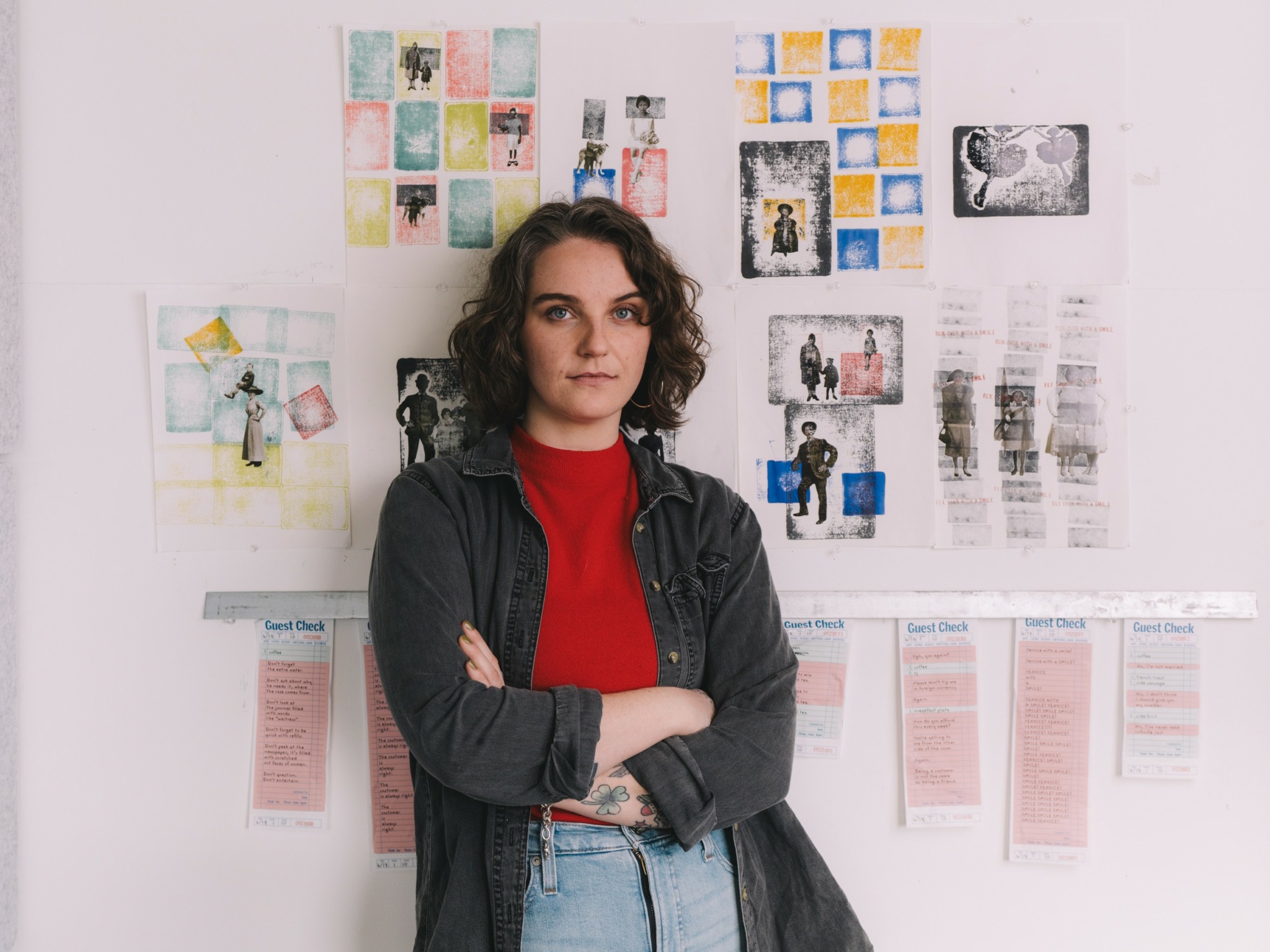We caught up with the brilliant and insightful Fiona Coakley a few weeks ago and have shared our conversation below.
Fiona, appreciate you joining us today. It’s always helpful to hear about times when someone’s had to take a risk – how did they think through the decision, why did they take the risk, and what ended up happening. We’d love to hear about a risk you’ve taken.
Leaving home and moving over 1,800 miles was the best decision I could have made for myself. For the first 22 years of my life, I lived in the Northeast, living in nine different places, from a small farm town in New Hampshire, to the city of Boston, Massachusetts. In each location, I gained new lessons, skills, and experiences. However, at a certain point, I felt like I had overstayed my welcome. Boston no longer felt the same; the art scene had diminished, and the city was rapidly becoming an expensive tech hub.
The morning after I graduated from college, I flew to Houston, Texas. My mother had moved there a few years prior, and with my Bachelor’s degree in Psychology and experience working in community art centers in Boston, I found myself pursuing a similar path in Texas. I started working at the YMCA, teaching after-school art programs to preteens. However, I quickly became frustrated with the program’s structure. My favorite moments were when I actively taught and created artwork alongside the kids.
It was during this time that I decided to explore my own artistic practice and took up watercolors by enrolling in a course at the Glassell School of Art. I left my job at the YMCA and began working at an art store, where I was continuously inspired by the customers who came in, sharing their artistic practices and igniting my imagination about the possibilities for my own creative life.
I then enrolled in the School of Art at the University of Houston as a post-baccalaureate student, taking several graphic design classes with the goal of obtaining a second Bachelor’s degree. While enrolled in a typography course with a graduate student, I discovered the potential of pursuing a master’s degree. I had been producing conceptual work and sought more than what the Bachelor’s program was offering. I took a big ol’ leap of faith, applied to the MFA program, and got accepted. In the Fall I will be starting my second year. I have had the opportunity to be in multiple exhibitions, created work I never thought possible, and am achieving more than my high school guidance counselor ever thought possible.
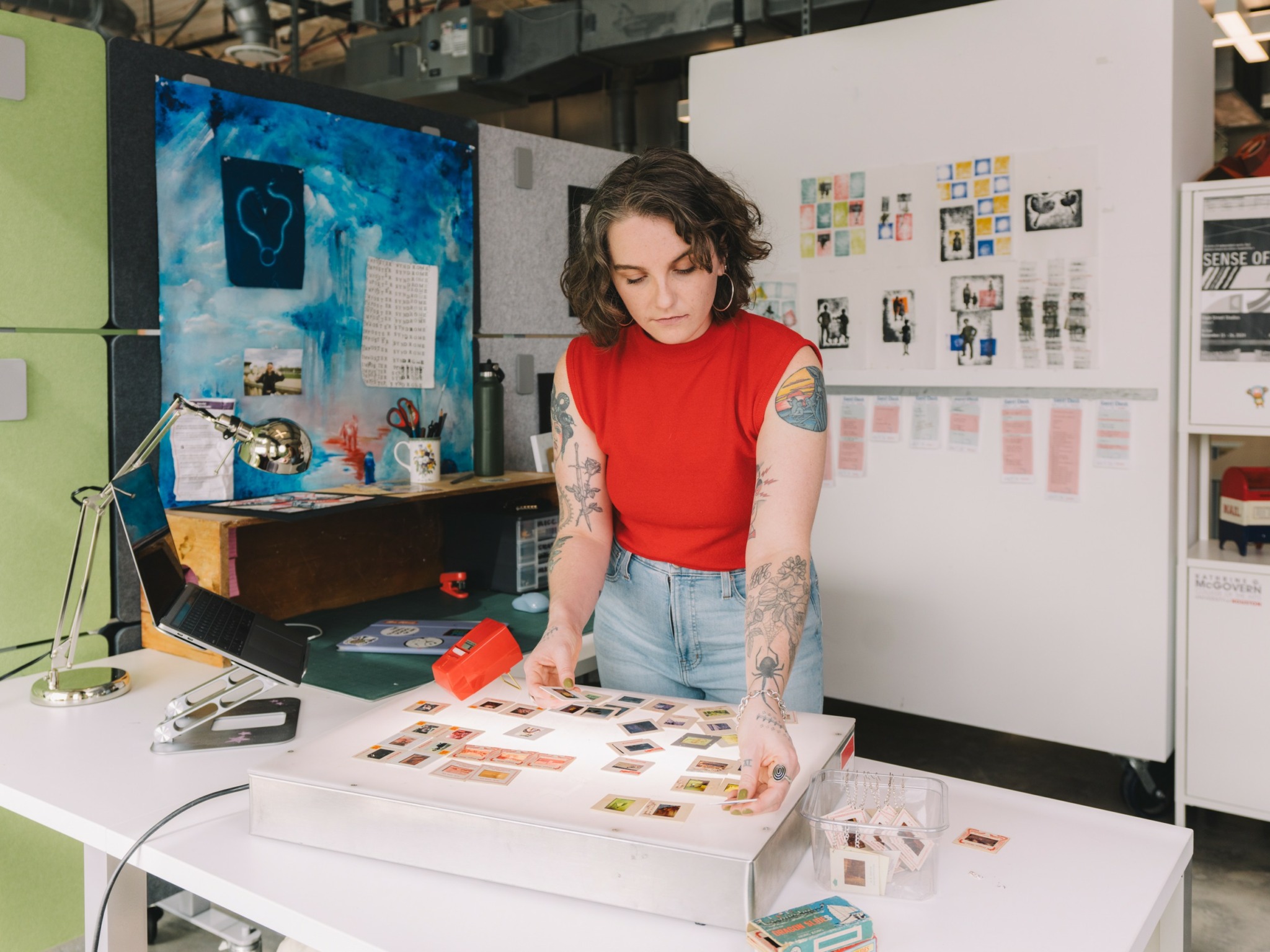
Fiona, before we move on to more of these sorts of questions, can you take some time to bring our readers up to speed on you and what you do?
Growing up in the oldest, colonial area of the country, dubbed “New England” has profoundly influenced my work and research. I’m particularly interested in the systemic role of the patriarchy, religious trauma, and historiography.
The methods I use are similarly influenced by the area I group up in as handicraft and nostalgia are heavily present in the Northeast, I am especially drawn to classic printing methods such as letterpress, carving, risograph, and stamping. These techniques bring me the greatest joy, as they allow me to produce unique outcomes that cannot be replicated by modern creative practices.
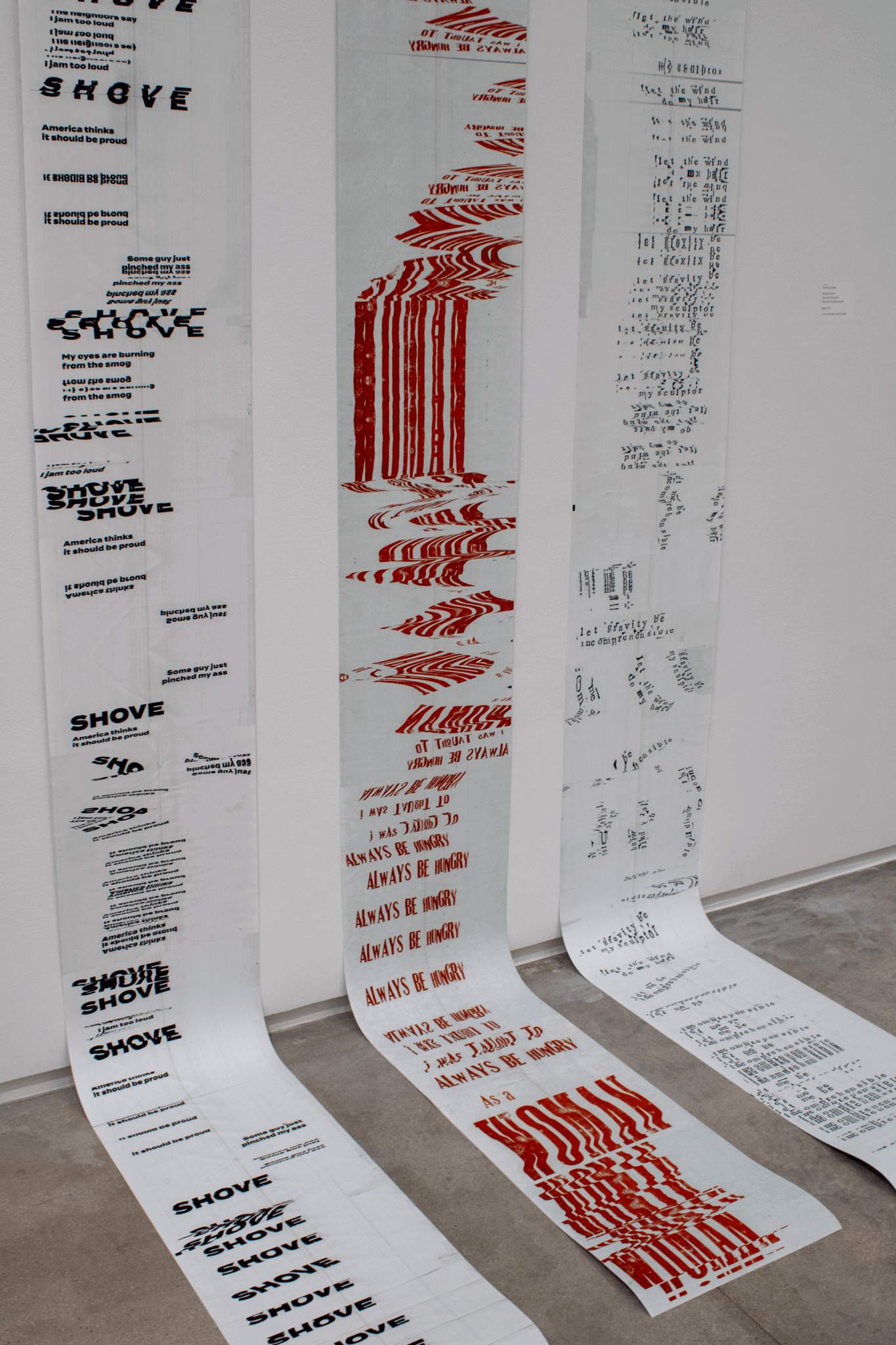
What’s a lesson you had to unlearn and what’s the backstory?
After several years of studying graphic design, I have begun to critically examine our courses. We are often presented with various campaigns, organized compositions, and polished logos that are showcased as examples of “good design.” Design is frequently viewed through the lens of capitalist goals and initiatives. However, this perspective often reflects a predominantly Western European ideal of visual communication. As we analyze these design elements, we confront a history of cultural erasure and a dominant narrative that prioritizes certain aesthetics and the marketing of goods over alternative approaches and outcomes within the practice.

What do you think is the goal or mission that drives your creative journey?
I’m interested in developing a distinctive pedagogical approach to design—one that emphasizes self-expression, personal identity, and creative experimentation. To prioritize the exploration of individual voices and unique perspectives, and steer away from the creeping influences of marketing, branding, and commercialism.
Contact Info:
- Website: https://mediummessage.xyz
- Instagram: @medium__message

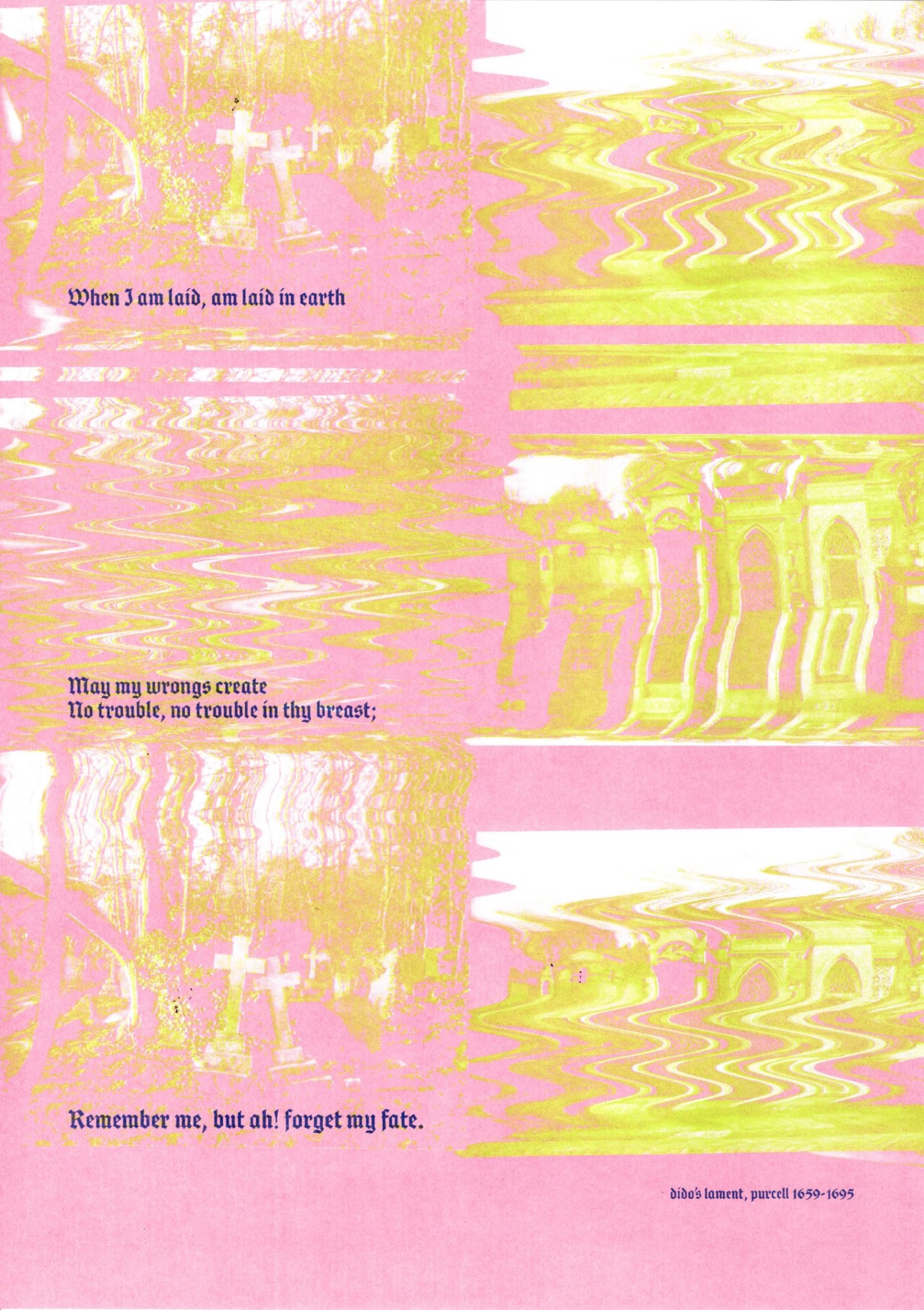
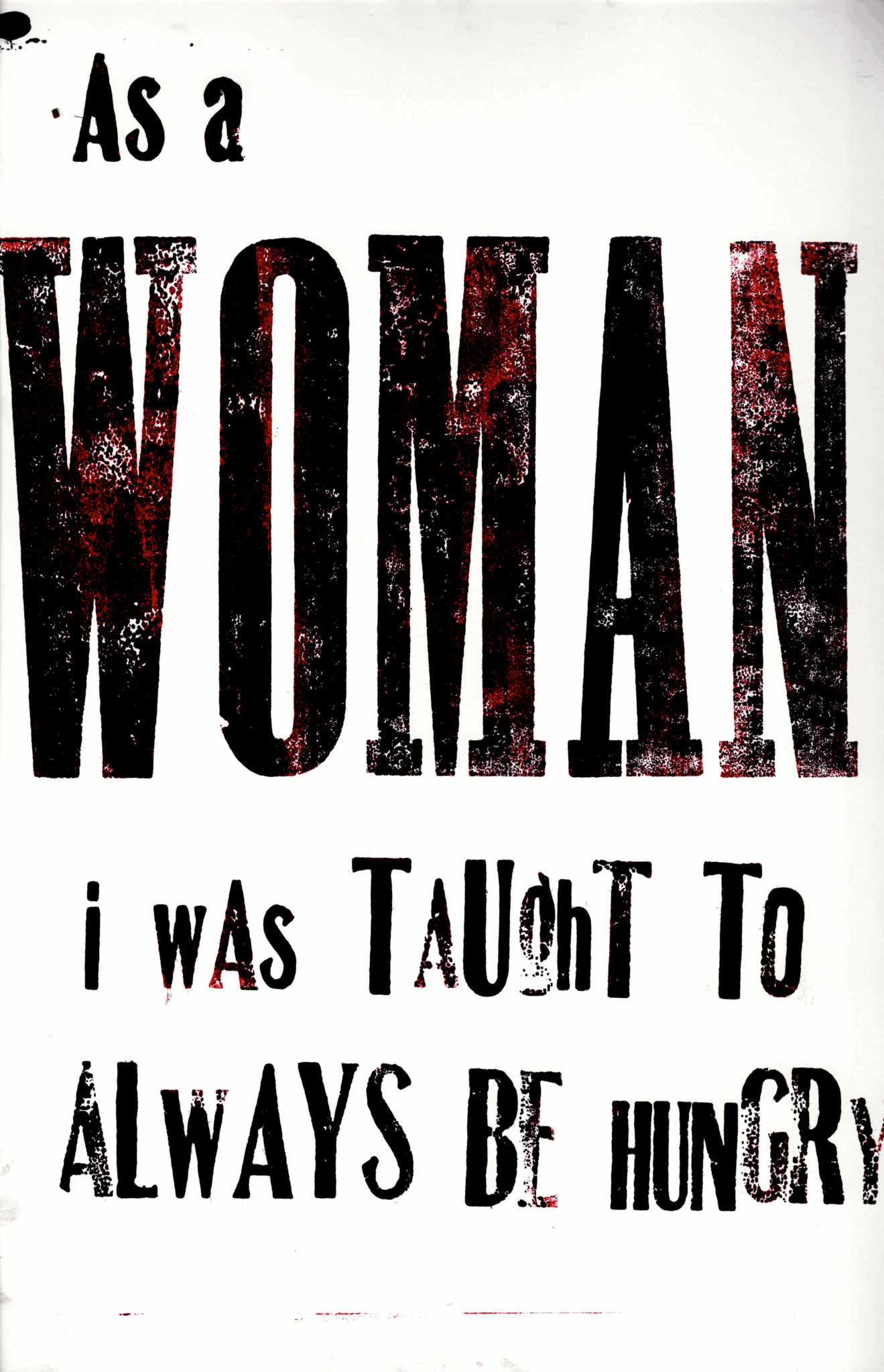

Image Credits
Portraits by Joseph Bui


